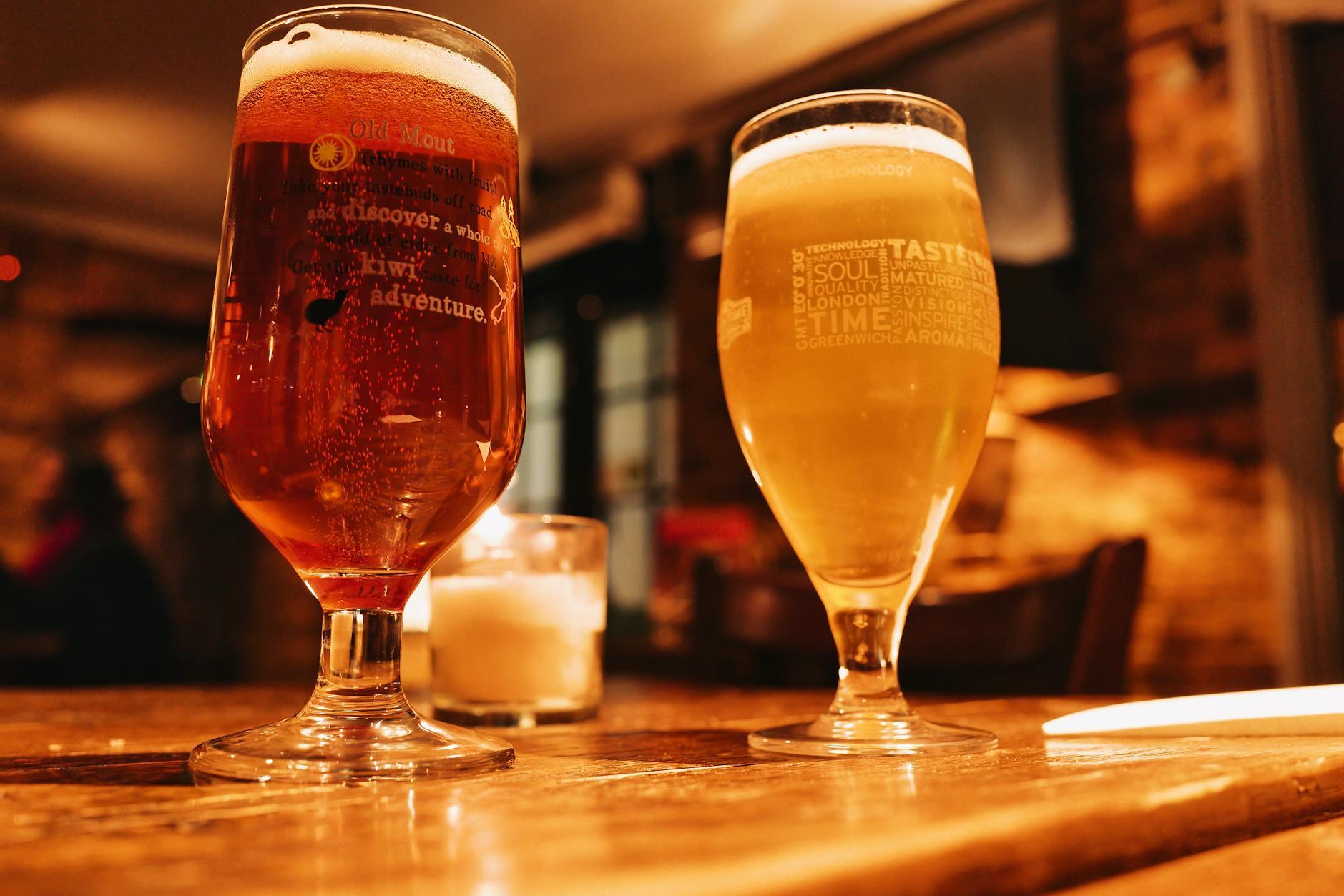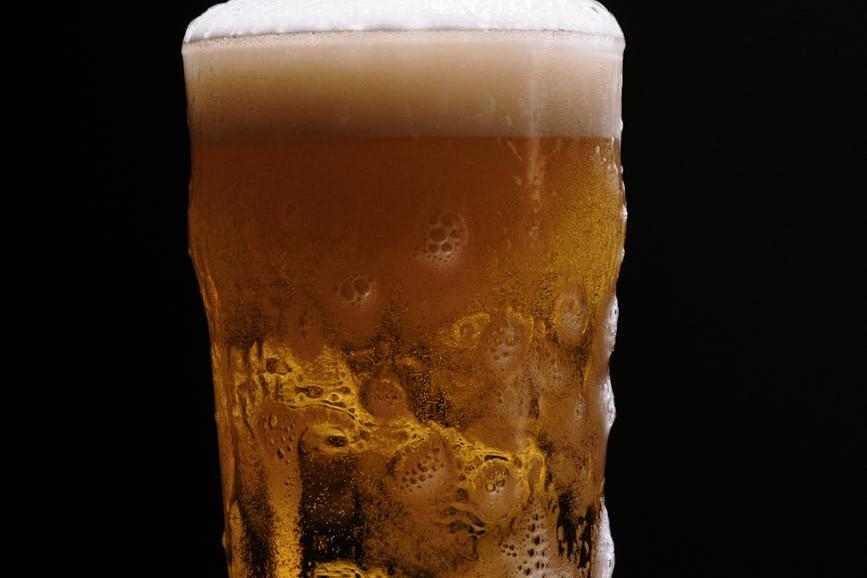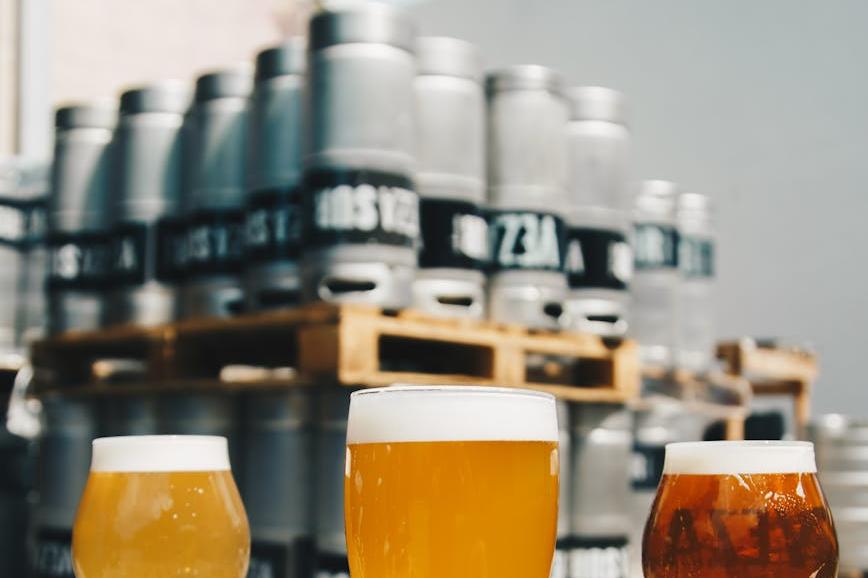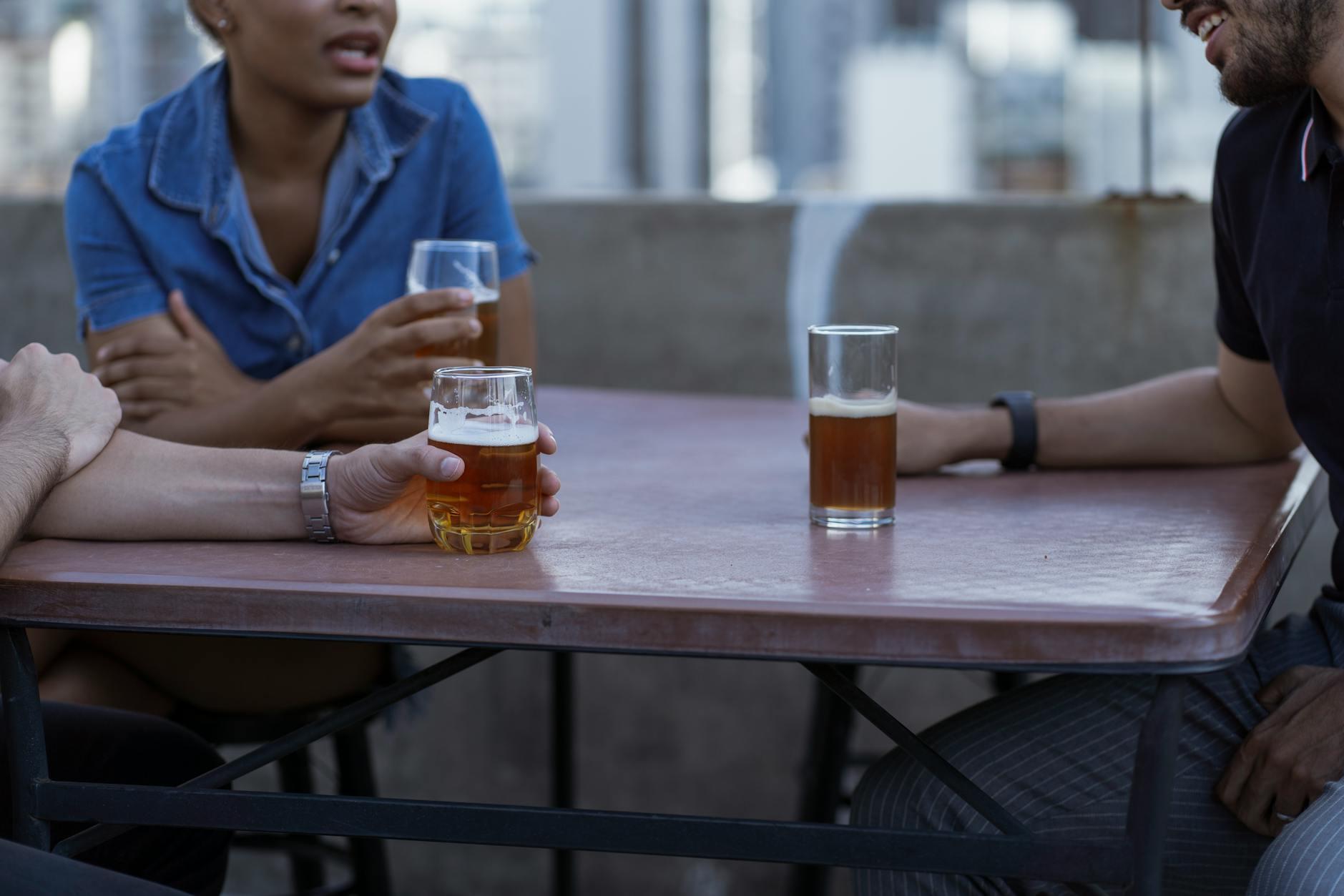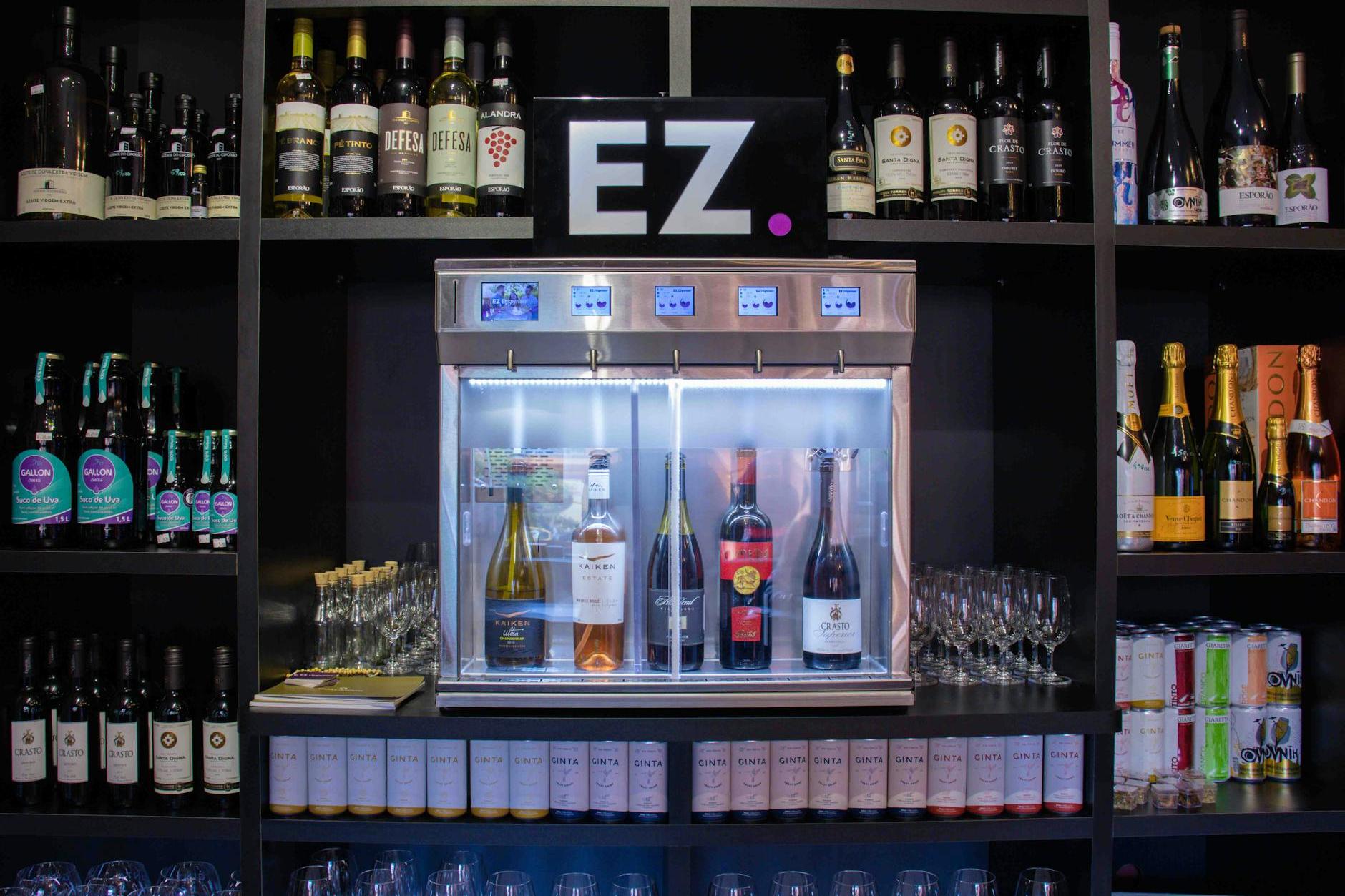- Shanghai Zhongshen International Trade Co., Ltd. - Two decades of trade agency expertise.
- Service Hotline: 139 1787 2118

Contents
ToggleThe passcode beneath the beer foam
As an old hand who has witnessed the customs clearance of thousands of beer containers, I've noticed that many importers often fall into three common misconceptions: believing that tariffs = cargo value × tax rate, assuming all beer declaration processes are the same, and thinking that qualification documents can be submitted later. This article will use real cases to dissect these misconceptions and guide you in mastering the core principles of importing beer through customs.
The four key steps in the customs clearance process
- Confirm the metal composition test report (Needs to include ASTM/EN/JIS standard parameters): It must be made clearIt is recommended to verify through the following methods:Issuer of the book and health certificate (manufacturer/local chamber of commerce)
- Maritime TransportationBefore packing,: The validity period requirements for malt degree test reports and alcohol degree test reports (typically no more than 90 days).
- Declaration upon arrival: The standards for reporting breakage rates should be differentiated between fragile glass bottles and aluminum cans.
- Pre-terminal sales: The Chinese back label filing must include the ingredient ratio and allergen information labeling.
The Hidden Formula for Tariff Calculation
Taking the 5-liter keg of imported German dark beer as an example (2025 current tax rate):
- Ad valorem duty: Declared value × 14% (Most-Favored-Nation rate)
- Value-added tax: (Declared value + Customs duty) × 13%
- Consumption tax: 220 yuan/ton (for fermented alcoholic beverages with alcohol content >0.5%)
Special Note: When the declared price is lower than the customs valuation, the price inquiry procedure will be triggered. Last year, a craft beer brand had its containers detained for 37 days due to this issue, incurring an additional demurrage fee of 120,000 yuan.
Special Category Application Guide
- Craft Beer: A yeast strain filing certificate is required (the state of Oregon in the U.S. has the strictest requirements).
- Non-alcoholic beer: Alcohol content ≤0.5% requires a separate test certificate.
- Cork-sealed beer: Declaration of quarantine treatment certificate for cork is required.
Common Scenarios of Customs Clearance Delays
- Belgian Trappist beer lacks the submitted production certification signed by the monks.
- Japan Limited Edition Unregistered Anime IP Authorization Letter
- Australian Kangaroo Icon Beer lacks approval from animal protection organizations.
Practical Case Studies
During our handling of a certain century-old German brand's import project in 2024, we discovered:Pearson beer from the same batchThe 330ml bottled and 500ml canned products differ by 11 working days in customs clearance time due to variations in container materials. The reason lies in the fact that glass bottles require separate pressure resistance testing, whereas aluminum cans only need to provide the manufacturer's quality certification.
The Three Core Questions for Choosing a Proxy
- Do you have experience in handling automatic import licenses for alcoholic beverages?
- Can it handle sudden quarantine inspections (such as the aflatoxin sampling inspection for malt required by the new regulations in 2025)?
- Have there been any successful cases of handling trademark infringement disputes?
When you hold the distribution rights for a niche Nordic craft beer, don't let customs clearance become a stumbling block. Remember: premium beer deserves a professional customs clearance solution, just as Trappist beer must be paired with a specially designed tulip glass—only with professionalism can you truly savor its authentic flavor.
Related Recommendations
Category case
Get in Touch
Email: service@sh-zhongshen.com
Related Recommendations
Contact via WeChat

? 2025. All Rights Reserved. Shanghai ICP No. 2023007705-2  PSB Record: Shanghai No.31011502009912
PSB Record: Shanghai No.31011502009912
